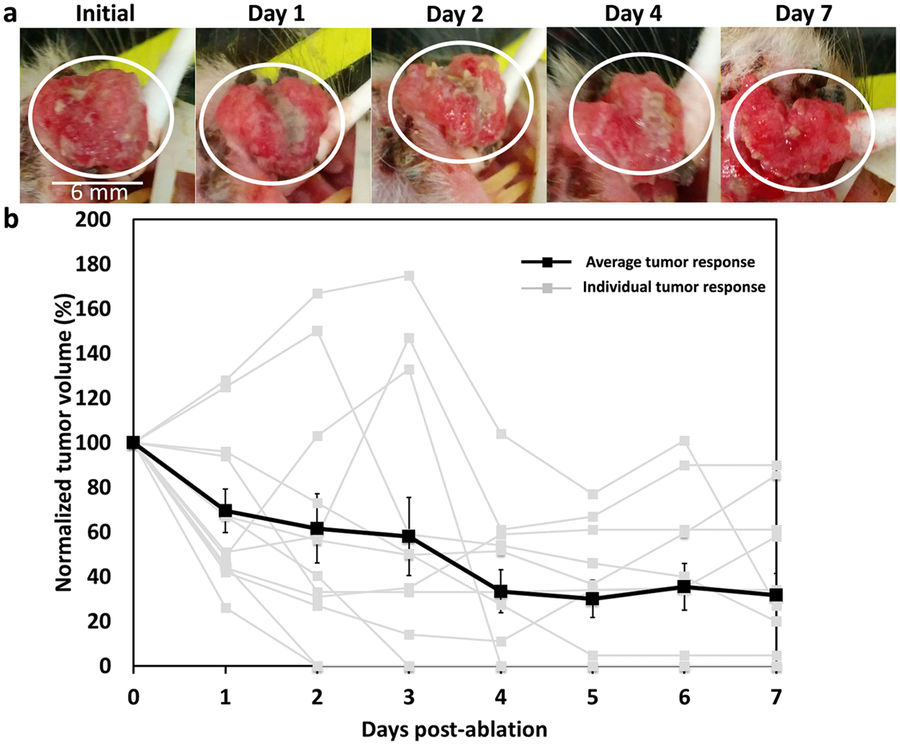An ethanol-based gel has demonstrated a 100% cure rate when injected into squamous cell tumors. What’s more, the treatment is relatively inexpensive and simple to administer.
RELATED ARTICLE:
Ethanol-Based Treatments
Duke University researchers accomplished a 100% rate of curing squamous cell carcinoma in hamsters as a result of the aforementioned injections. The study was published in Nature Scientific Reports, and the study itself was conceived with the already existing therapy of ethanol ablation in mind. However, this new procedure can be utilized on a much wider array of tumors.
In the past, ethanol ablation has displayed the ability to destroy proteins and over-dehydrated cells, which can actually kill certain types of tumors. More specifically, ethanol ablation is utilized to treat a form of liver cancer, and its success rate is nearly as impressive as the 100% cited previously. Furthermore, ethanol ablation only costs about $5 per treatment. Because the method cannot be used on most other types of cancer, the researchers at Duke University blended ethanol with ethyl cellulose to eventually create a gel within tumors (near the injection site).
RELATED ARTICLE:
As mentioned, hamsters played a big role in the study; those with squamous cell carcinoma were injected with either 100% ethanol or ethanol gel. The hamsters injected with ethanol gel were all cured within eight days, and six of the seven hamsters in question were cured within seven days.
Treatments for All
Although cancer therapy can be extremely expensive in developed countries, it can be entirely unavailable at all in countries which are still developing. The latter countries do not possess the required degree of technology, healthcare professionals, and sometimes even electricity which is needed to deliver quality care to a substantial number of people. Sadly, this means that human beings living in developing countries are much more likely to die from cancer than people in developed countries. What’s more, most new treatments, in general, utilize very costly methods—so costly that it is even difficult or impossible for an average American citizen to afford. And, again, even if those individuals living in poverty could afford the latter treatments, access to suitable medical facilities would still be a significant issue.
RELATED ARTICLE:
Of course, additional research must be conducted due to the small size of (animal) samples. However, this proof-of-concept is still phenomenal on its own, and extremely promising to say the least. Moreover, the research team also believes that a single injection could successfully treat cervical precancerous lesions—and even breast cancer. Regardless, this type of research advances multiple branches of global research, which is exceptionally positive and downright inspiring in itself.
*Article originally appeared at Earth. We are one.












